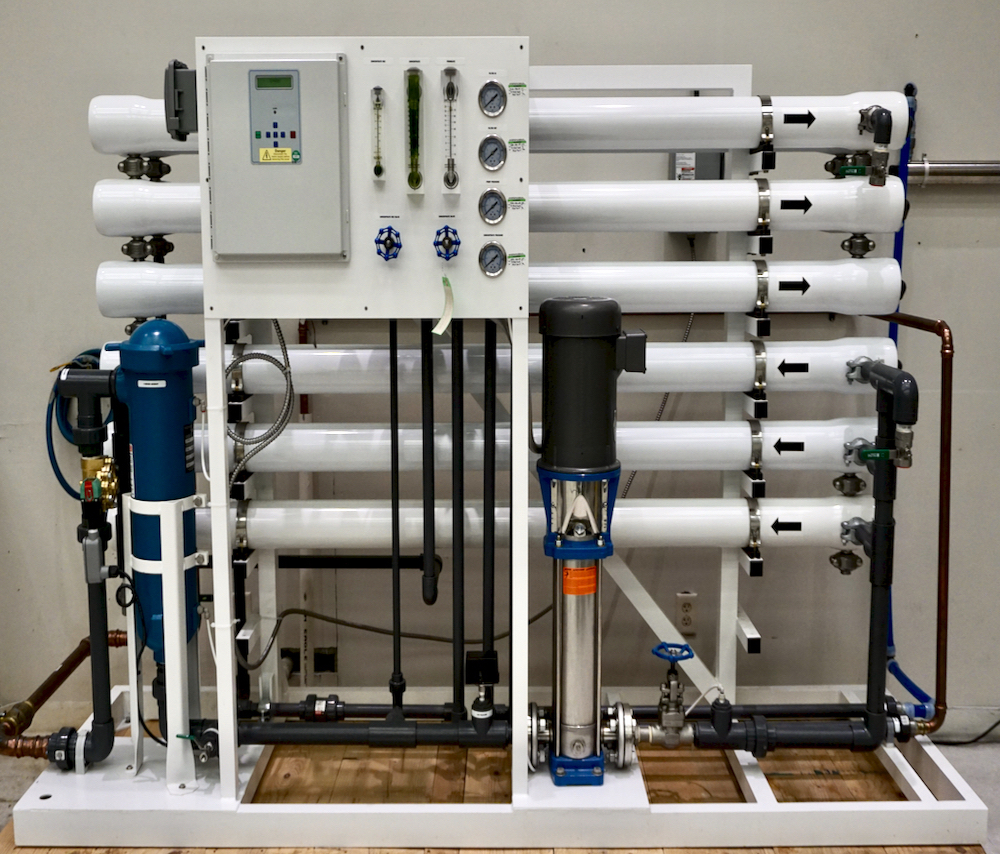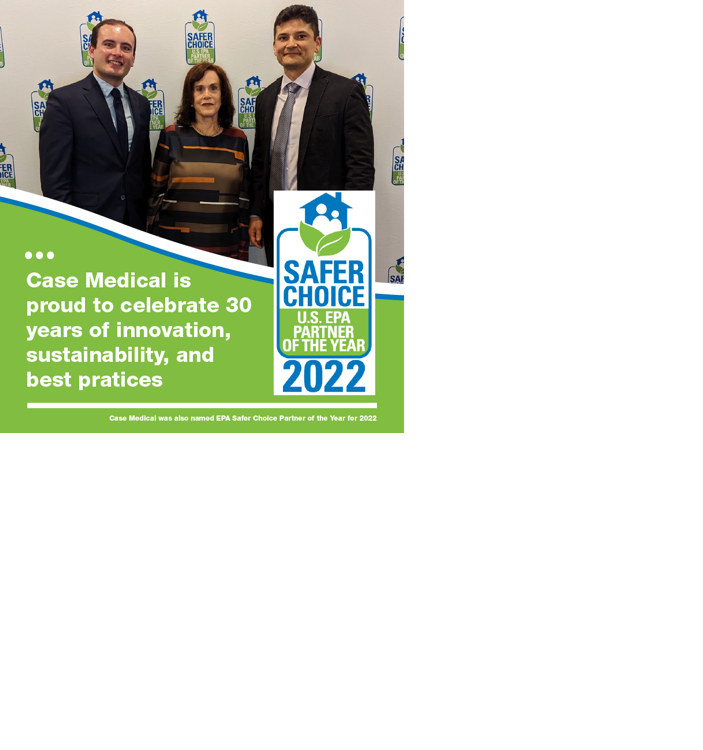
Stark Reality
Did you know that freshwater makes up a very small fraction of all water on the Earth? Nearly 70 percent of the world is covered by water, but only 2.5 percent of it is fresh, and of that just 1 percent is easily accessible. U.S. hospitals use an average of 570 gallons of water per staffed bed, per day. To put this figure into perspective, consider that the average American citizen uses around 150 gallons of water per day; the average Briton, 44 gallons; the average African, just 5 gallons. Percentagewise, only 0.007 percent of Earth's water is available to its 6.8 billion people. This is the same amount of freshwater on earth as there always has been, but climate change, increasing water scarcity, population growth, and urbanization pose challenges for water supply systems. This means that every year competition for a clean, abundant supply of water for drinking, cooking, bathing, and sustaining life intensifies.
All Water is Not Equal
Our water supply starts at our lakes, rivers or from underground wells. These sources are constantly under threat from rainwater runoff which picks up fertilizer, oil, pesticides, dirt, bacteria, and other pollutants as it makes its way from fields and cities through storm drains and ditches back into streams, lakes, and ground water. And what do you think happens to our wastewater? That’s right, after treatment, hopefully, it returns to the same rivers, streams, and lakes where it began. To put a point on it, one person’s wastewater outlet, just might be another person’s clean water source.


Stewardship
Using caustic cleaners and pesticides contributes to the issues of clean fresh water by adding elements to water that cannot be removed. Water softeners are a good example of a seemingly beneficial practice hiding a major problem. Well, it turns out that the process of softening water releases large quantities of salt into the wastewater stream, so much so that our drought stricken Western states, which repurpose treated wastewater for other uses, have started banning water softeners. We recommend the use of RO water systems (which use filtration, not salt) and using eco-friendly U.S. EPA Safer Choice labeled cleaners. Having recently participated in the AAMI working group on water quality I learned that water softeners have found their way into healthcare facilities.
Do You Know Where Your Water’s Been?
Probably not, that’s why here at Case Medical’s manufacturing facility in New Jersey, we use industrial RO water for manufacturing our products, especially instrument chemistries, and for anodizing, automated washing, and for our autoclave for product testing. An advantage to using RO water treatment is that filtration membranes last for months, even years. We learned that when flooding occurs and local construction stirs up sediment in the water supply, we needed to change the pre-filters more frequently, but the RO membranes were fine. Water quality issues touch us all. How many of us have a calcium crusted shower head that just spits and sputters and hardly flows at all? Maybe you’ve had enough of hard water and have installed a water softener as a solution. Aside from trips to Home Depot for sacks of salt to feed it, consider the ongoing expense. Have you experienced the slick feeling of soft water on your skin when you get out of the shower? Imagine what this does to your surgical devices.


Filtered Water Contributes to Critical Water
I’m sure you can add your own experiences to our experience here in NJ about the need for pure high-quality water for drinking, manufacturing, showering, and yes for reprocessing medical devices. Why use chemical additives for water treatment in healthcare facilities and homes when filtration provides purer water without leaving residue or contaminating the water supply? Learn more about Case Medical's options for safer and more sustainable water treatment. Consider filtration before investing in a water softener. Let us show you how RO water systems can make a difference.
Kindest Regards,
Marcia Frieze and the Case Medical team
A 2022 U.S. EPA Safer Choice Partner of the Year
For Manufacturer/Formulator
Proudly Displaying the Safer Choice label on our Instrument Chemistries






